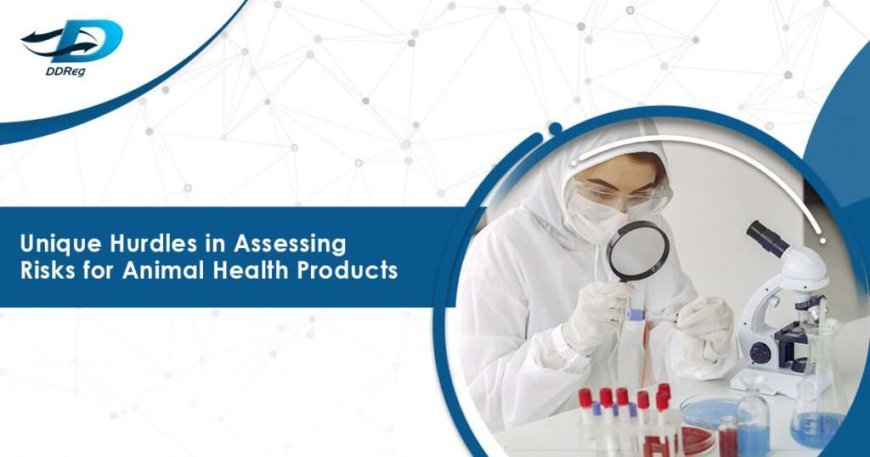Navigating the Complexities of Risk Assessment in Veterinary Pharmaceuticals

The development of veterinary medicines encounters several unique challenges that differentiate it from the development of human pharmaceuticals. While both industries share common principles of safety and efficacy, the veterinary pharmaceutical services in pharma sector faces a considerably more complex risk landscape. This blog delves into the distinctive challenges involved in veterinary drug risk assessment and the ways industry leaders are tackling them.
Species Diversity: Navigating the Multispecies Challenge
A fundamental difference in veterinary risk assessment is the necessity to evaluate drug safety across multiple species. Unlike human pharmaceuticals, which are typically designed for a single species, veterinary drug developers must ensure safety across a diverse range of animals.
Creating a drug that is safe for dogs, cats, horses, and cattle all at once presents a challenge similar to developing a medication that is safe for such varied species as cats, cattle, and poultry. Pharmacokinetic profiles can differ greatly among species, which requires species-specific dosing and safety evaluations. Additionally, calculating dosages becomes even more complex when treating animals with such a wide weight range—from small cats to large horses. The variations in metabolism, organ function, and detoxification processes between species further complicate toxicity assessments.
Environmental Impact Considerations
In contrast to human pharmaceuticals, veterinary drugs are often released into the environment in larger quantities, primarily through animal waste. For example, certain pharmaceutical compounds excreted by medicated livestock and other farm animals can be introduced into the soil and water, potentially leading to ecological consequences.
As a result, environmental risk assessment has become a crucial part of the veterinary drug approval process within most regulatory frameworks. This includes assessing:
-
The effects on soil microorganisms
-
The impact on non-target organisms
-
The potential for bioaccumulation in ecological systems
-
The development of antimicrobial resistance in the environment
What's Your Reaction?































































